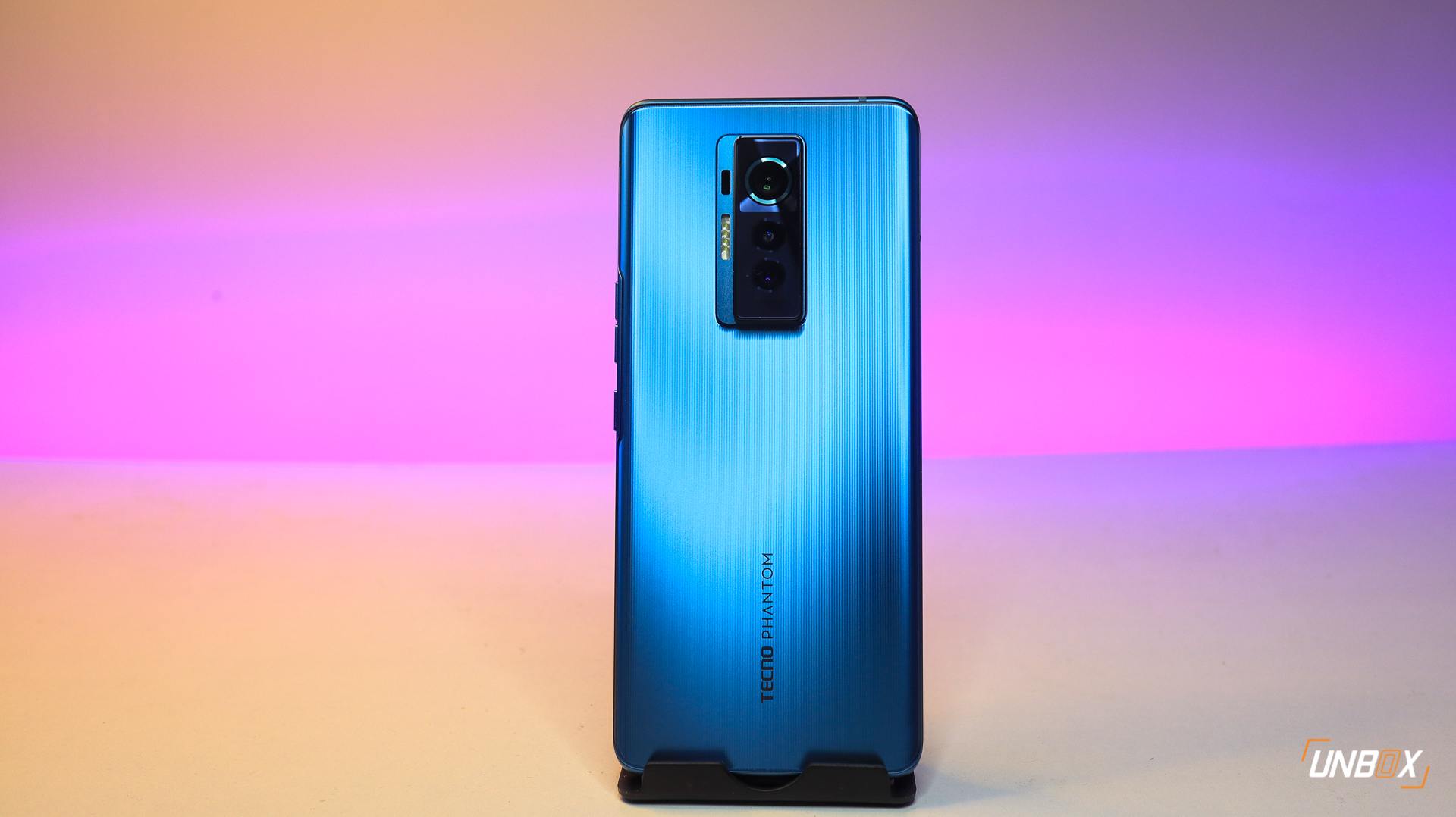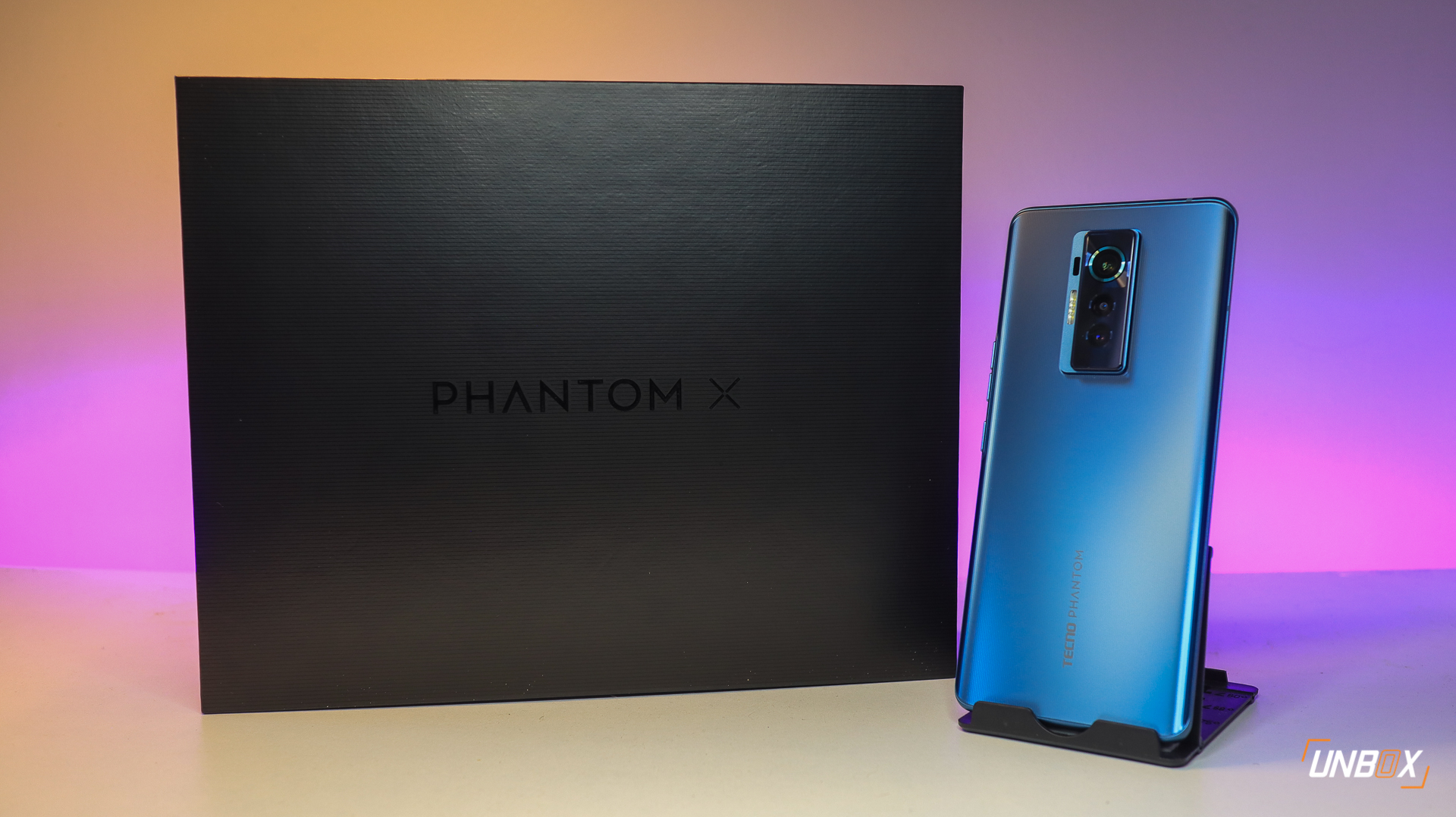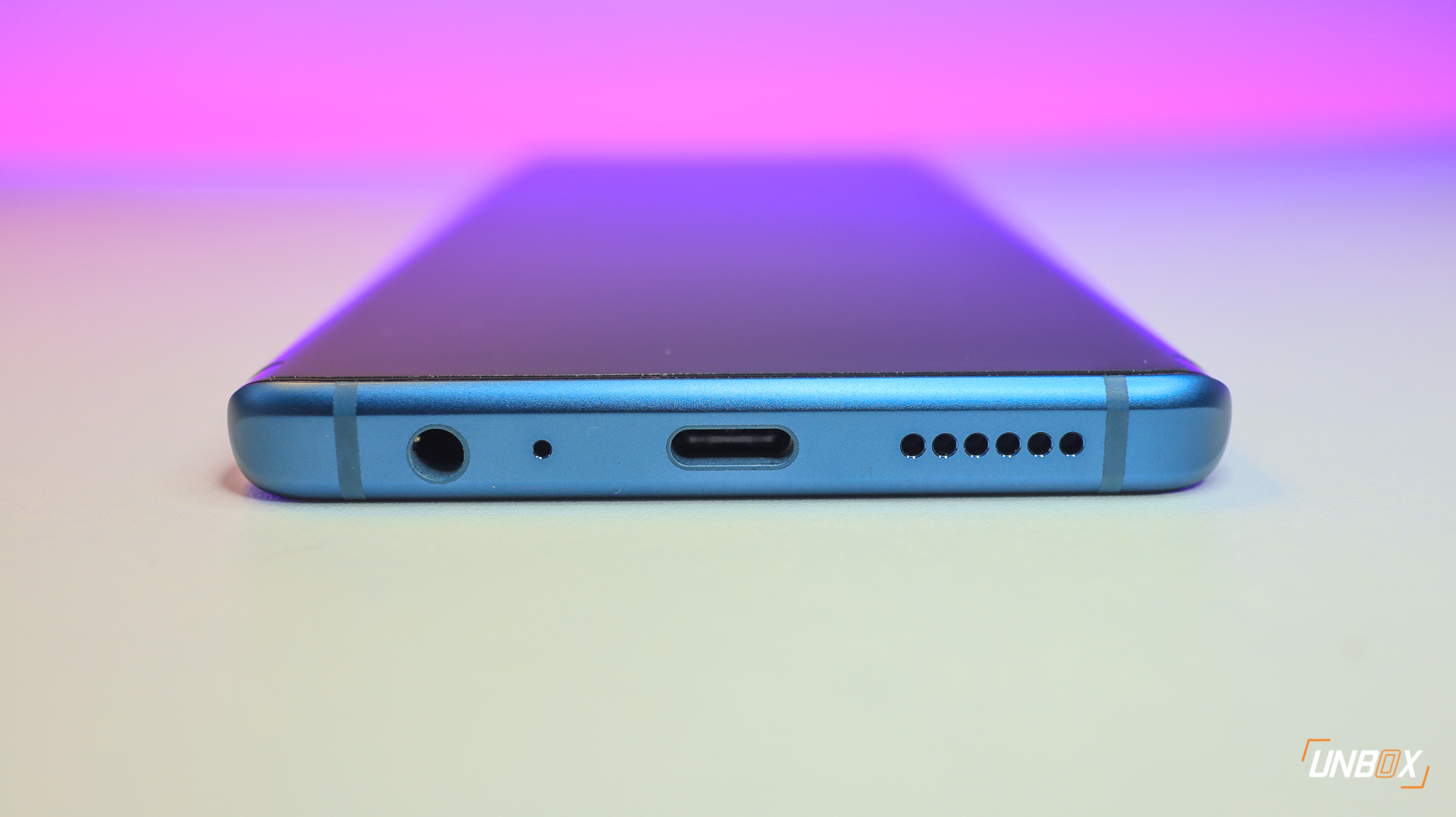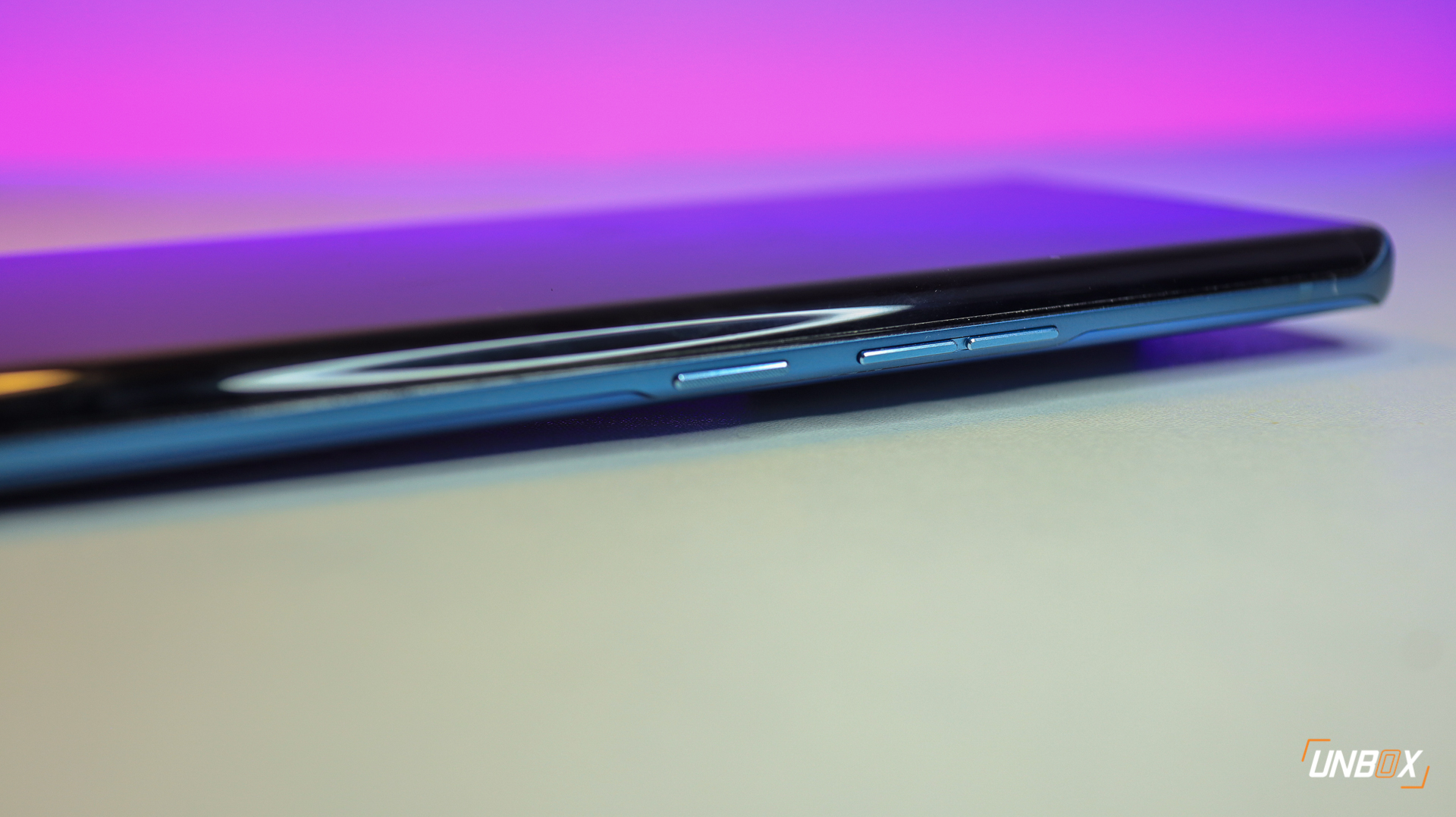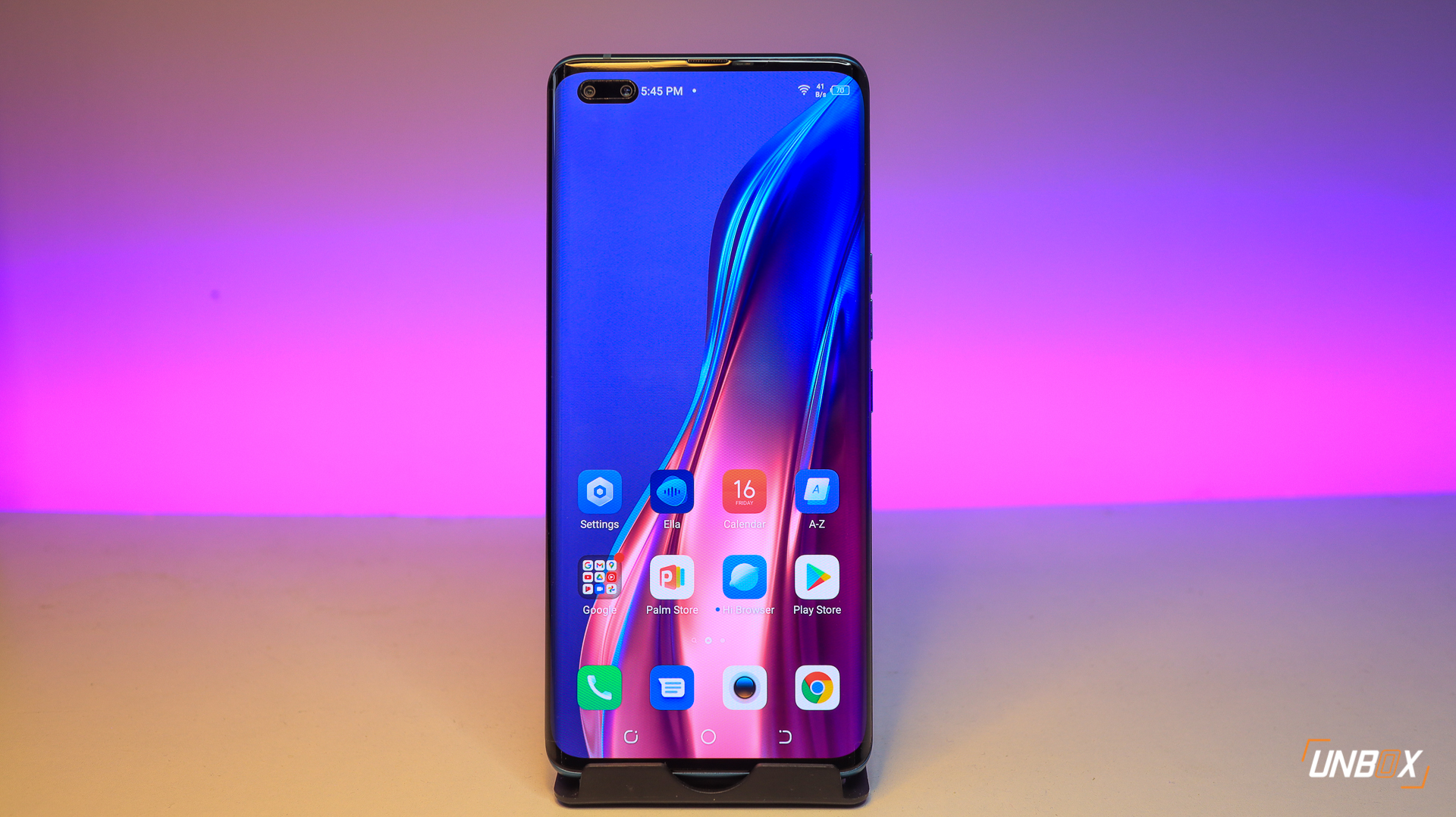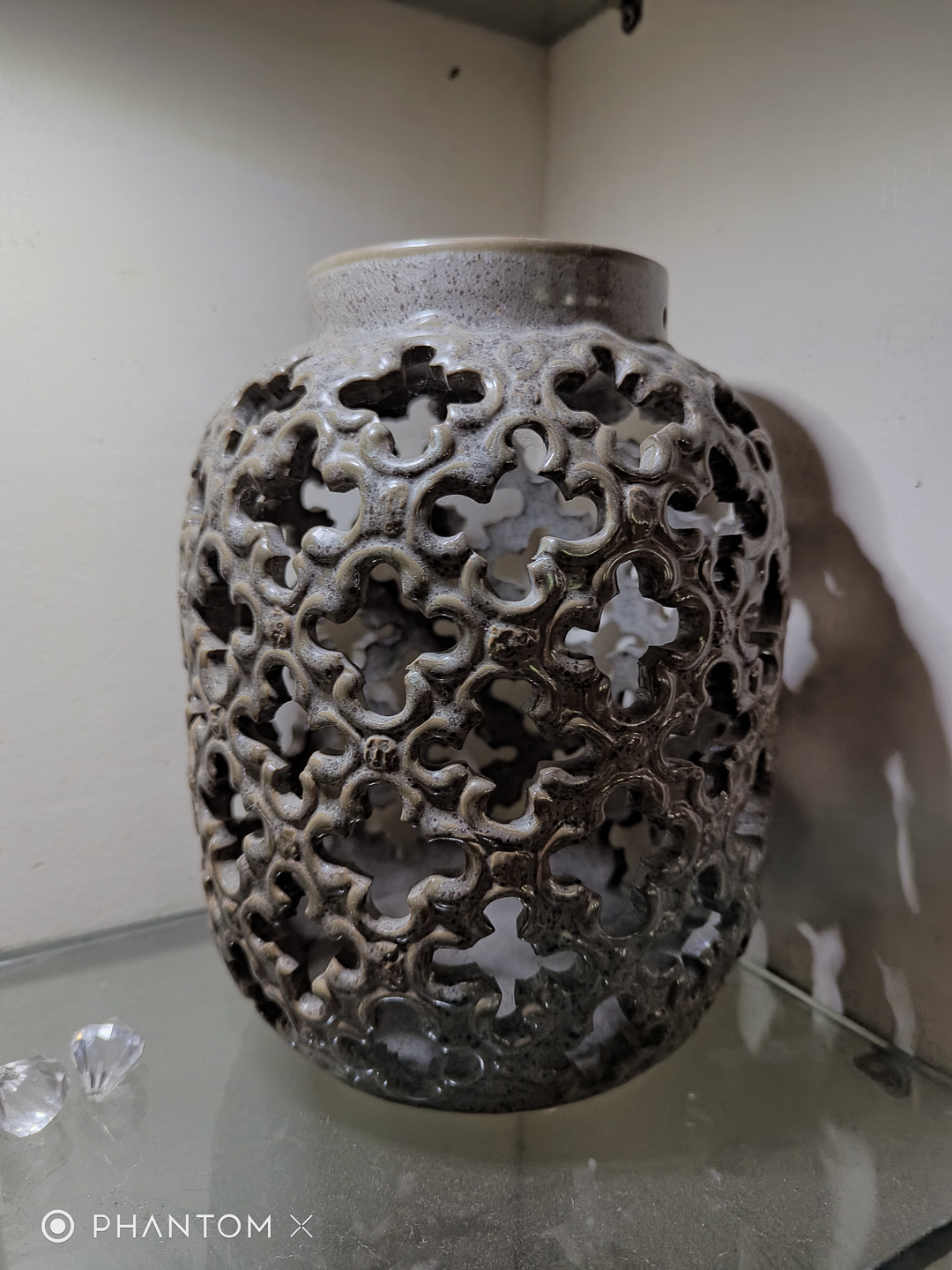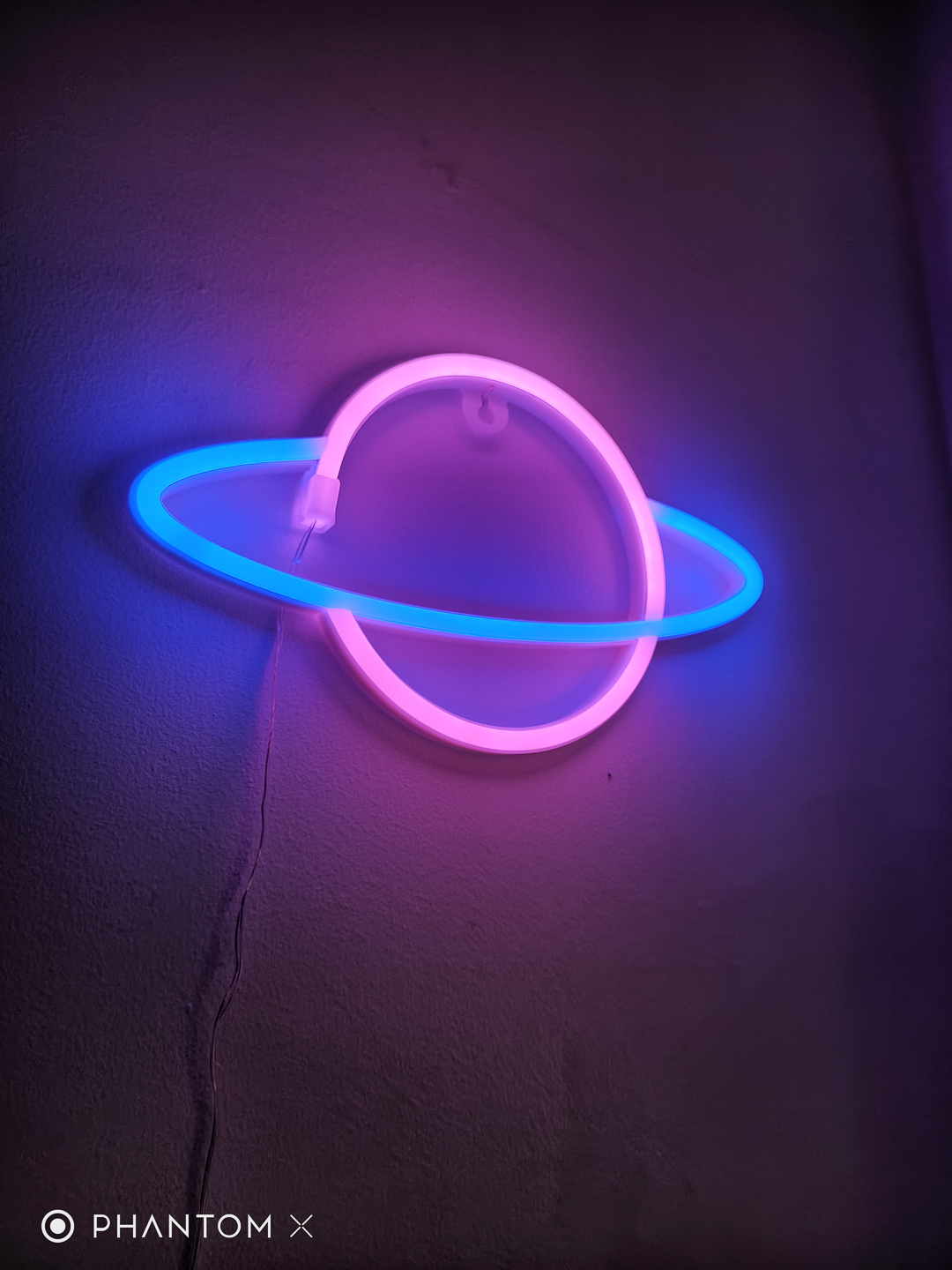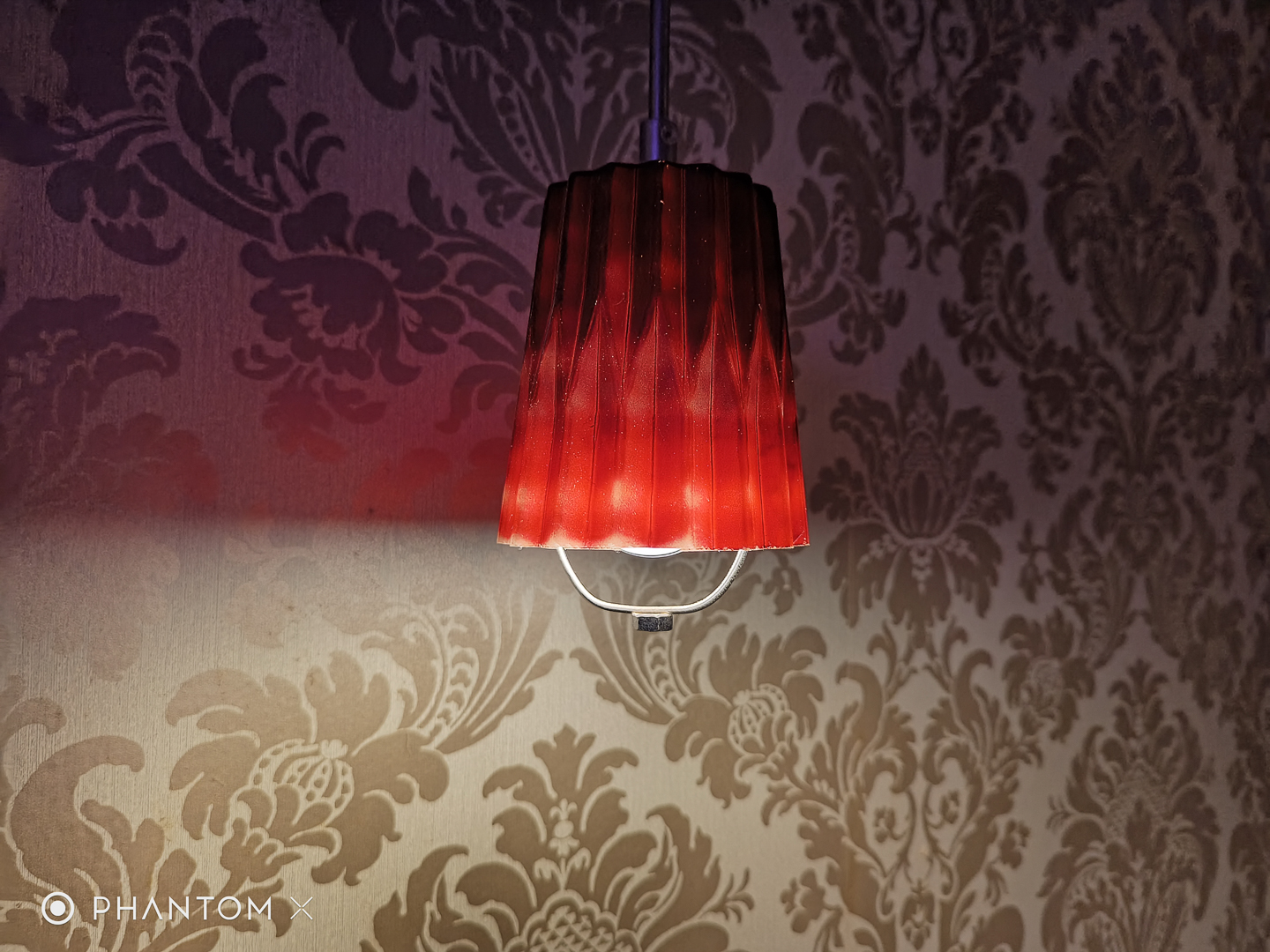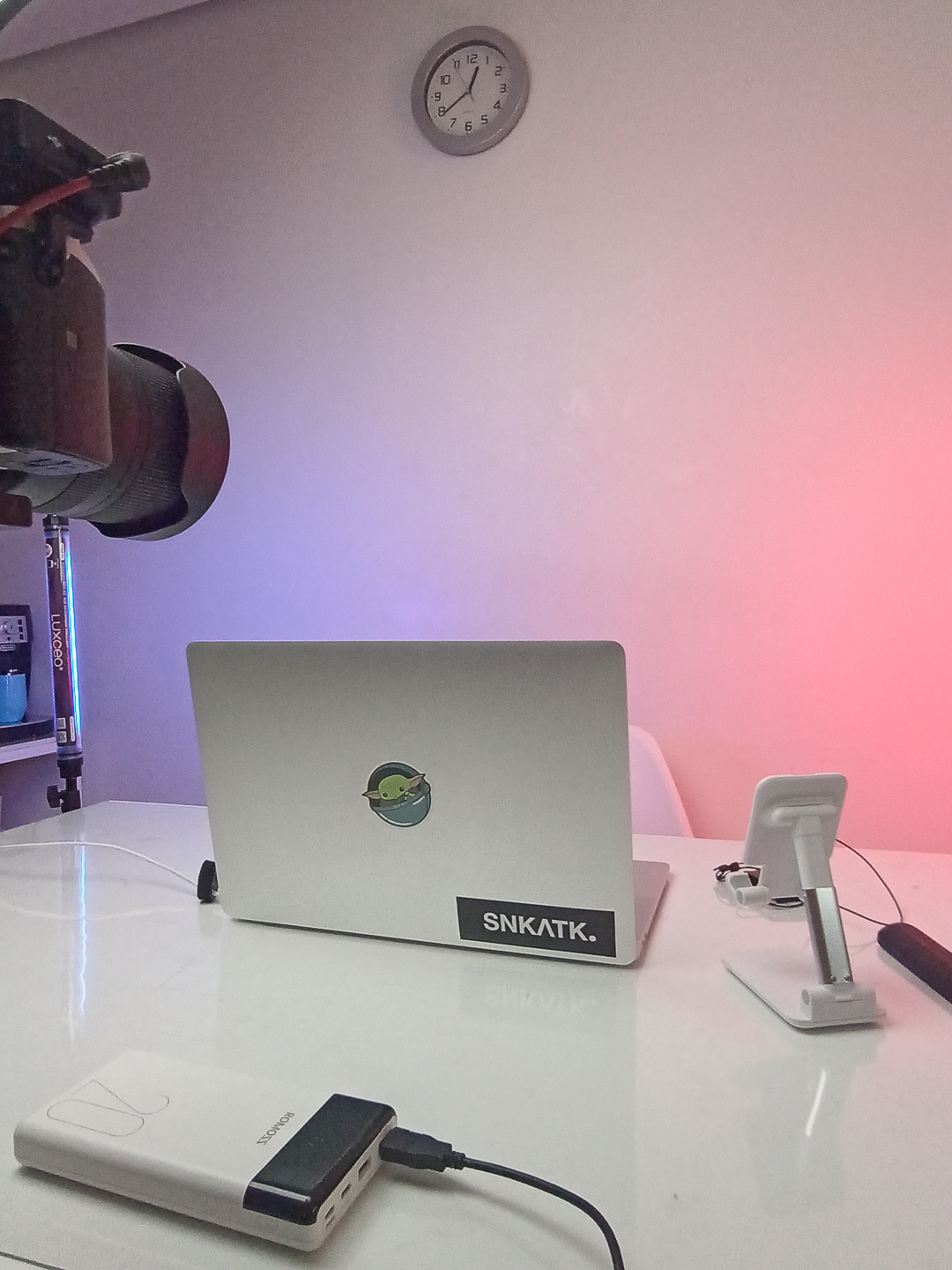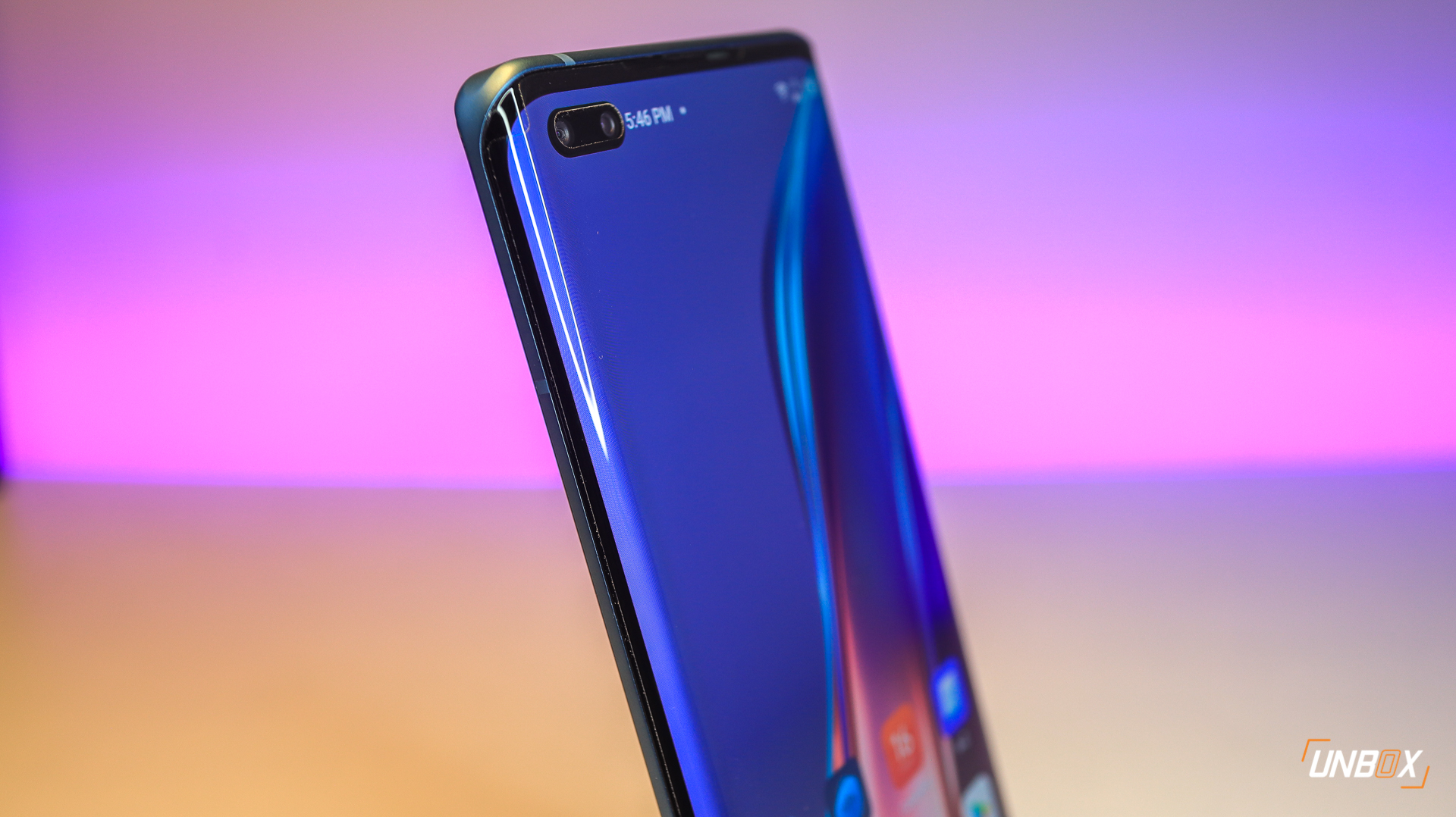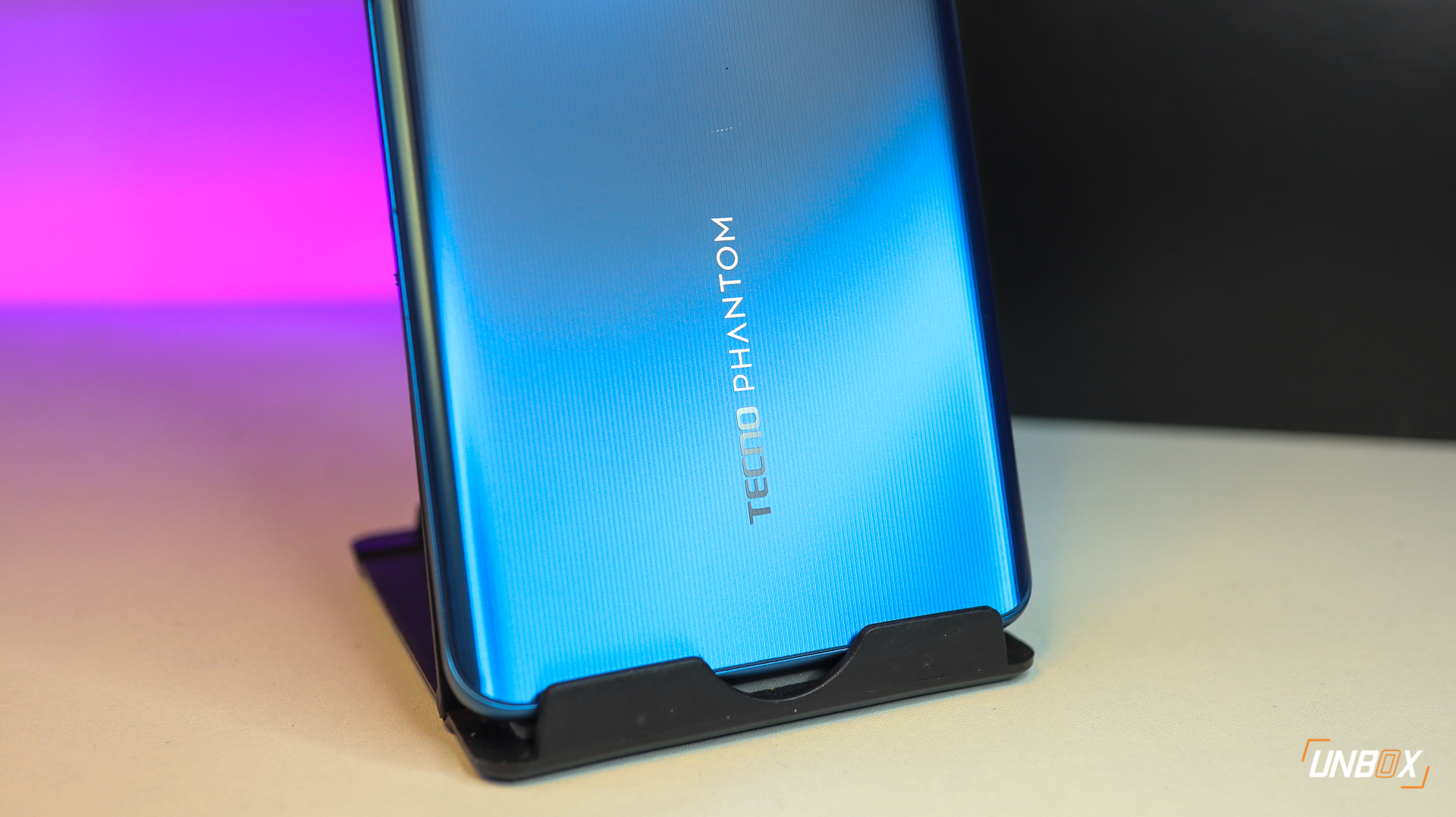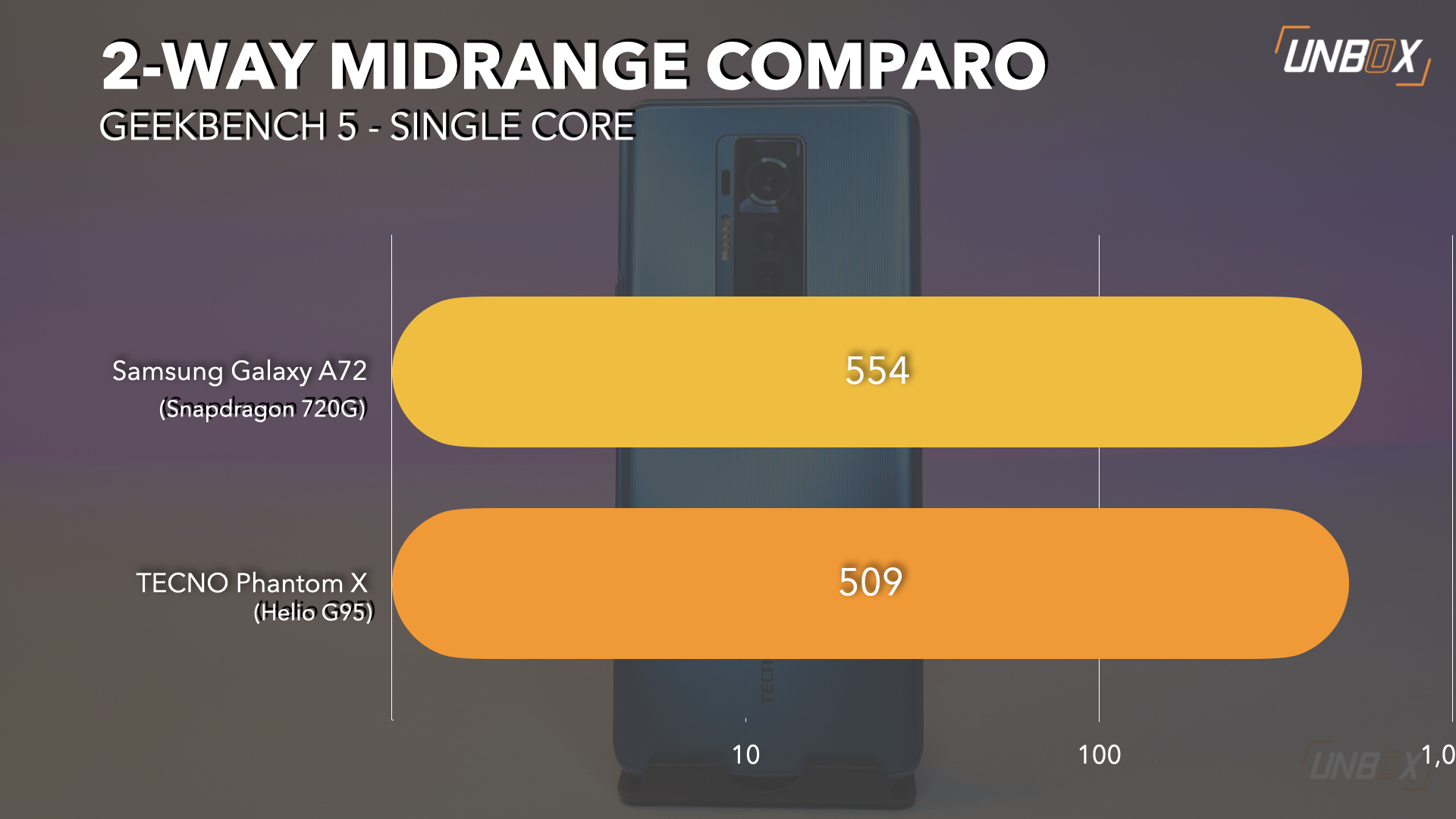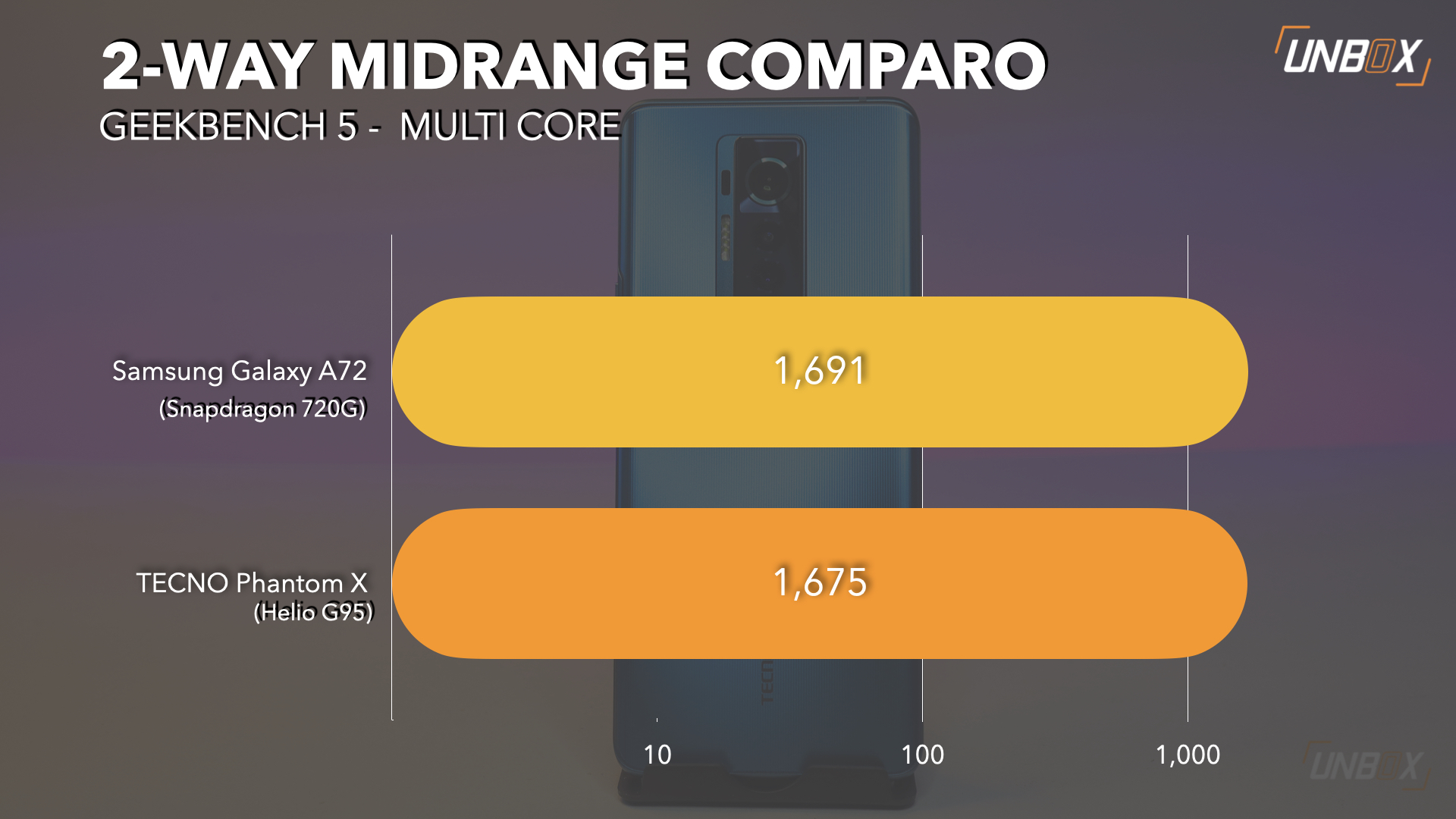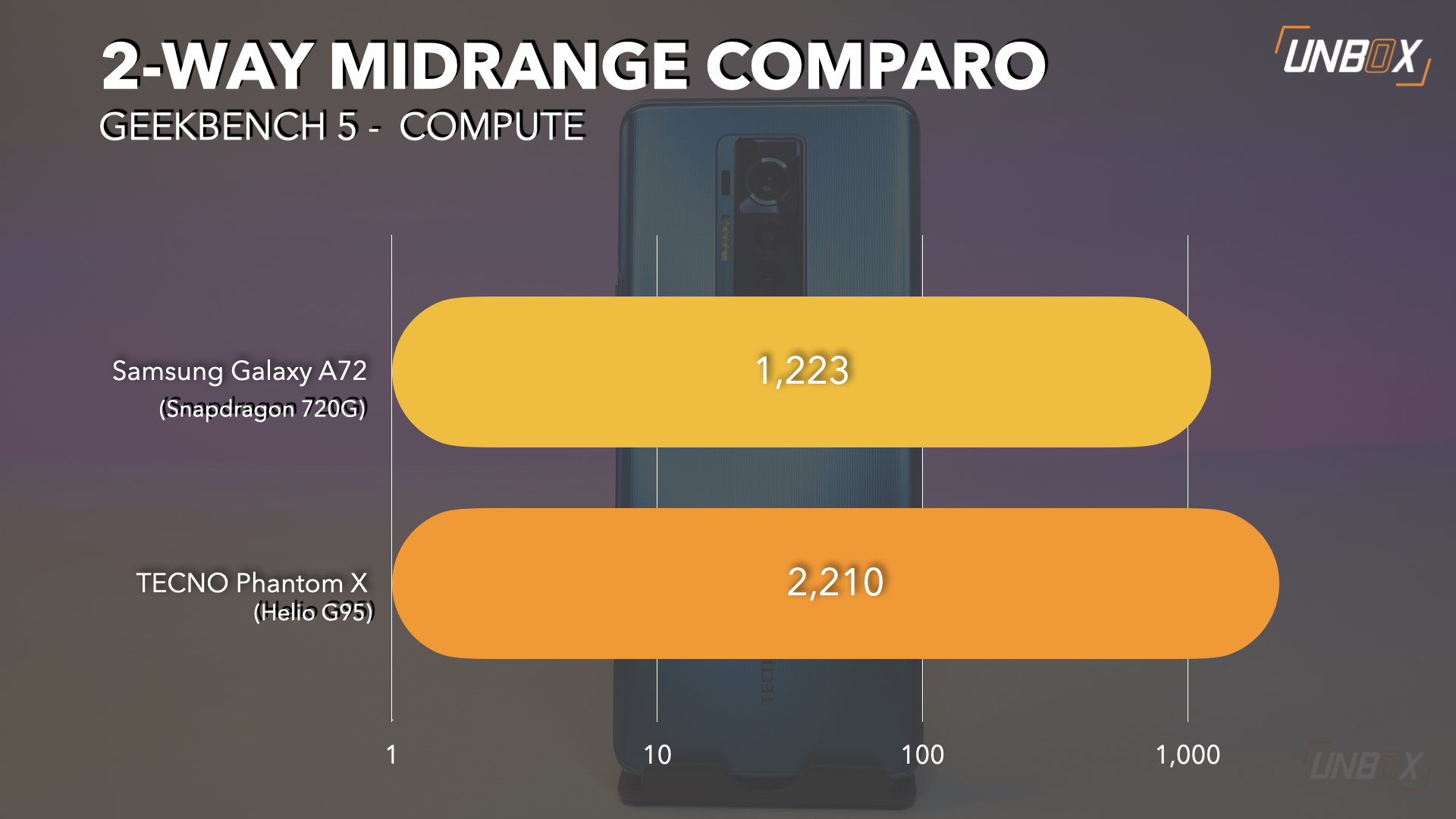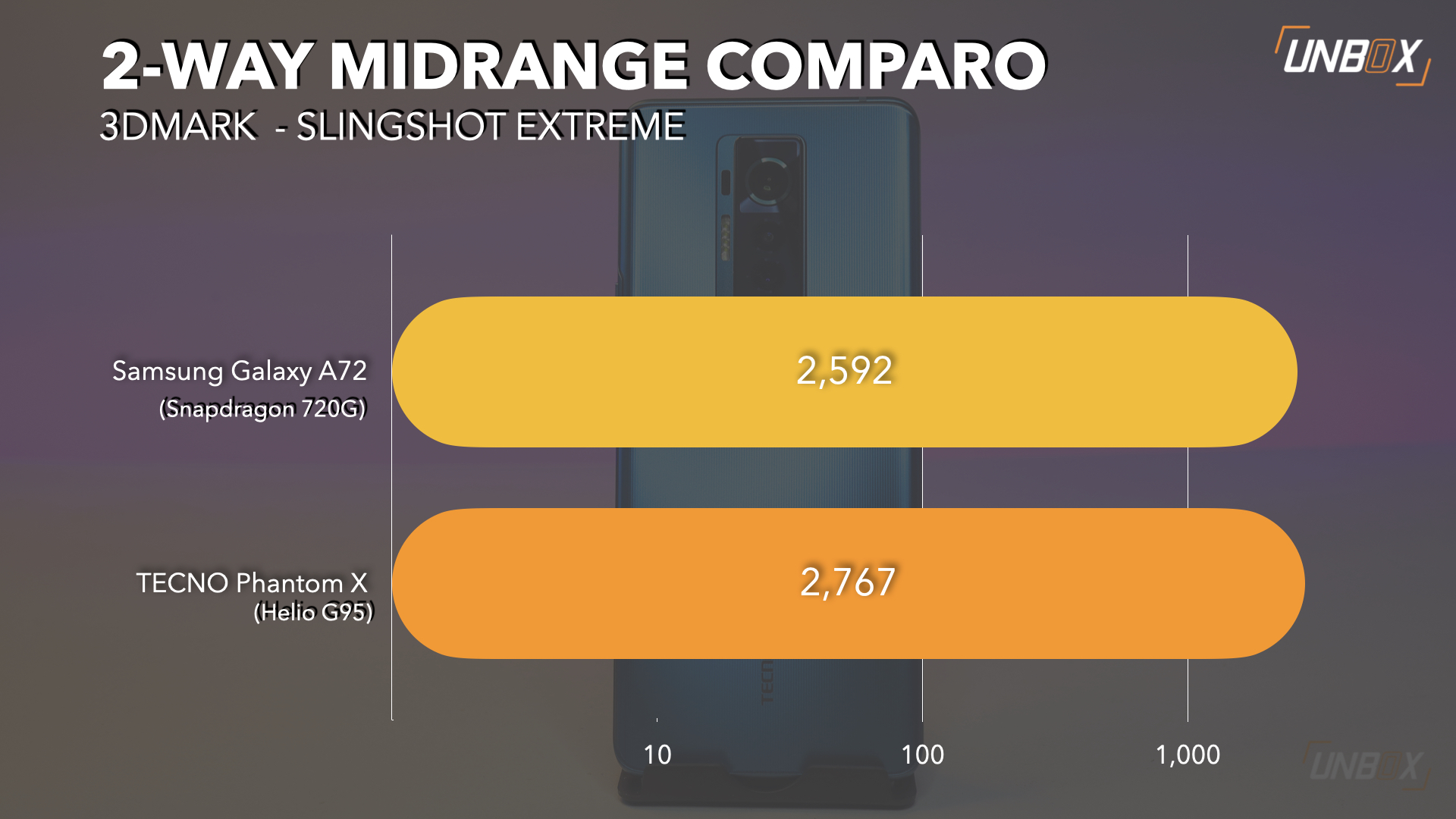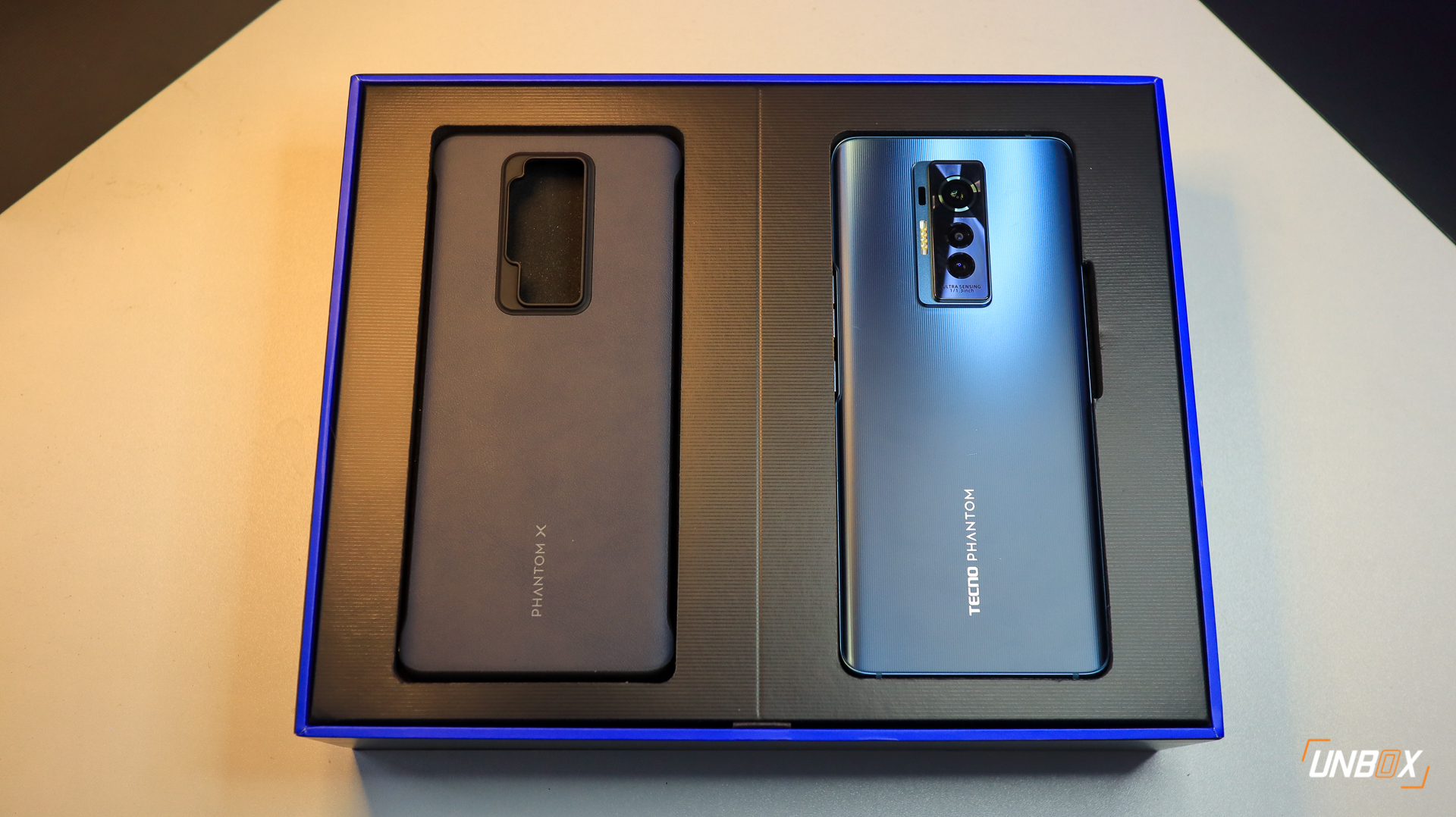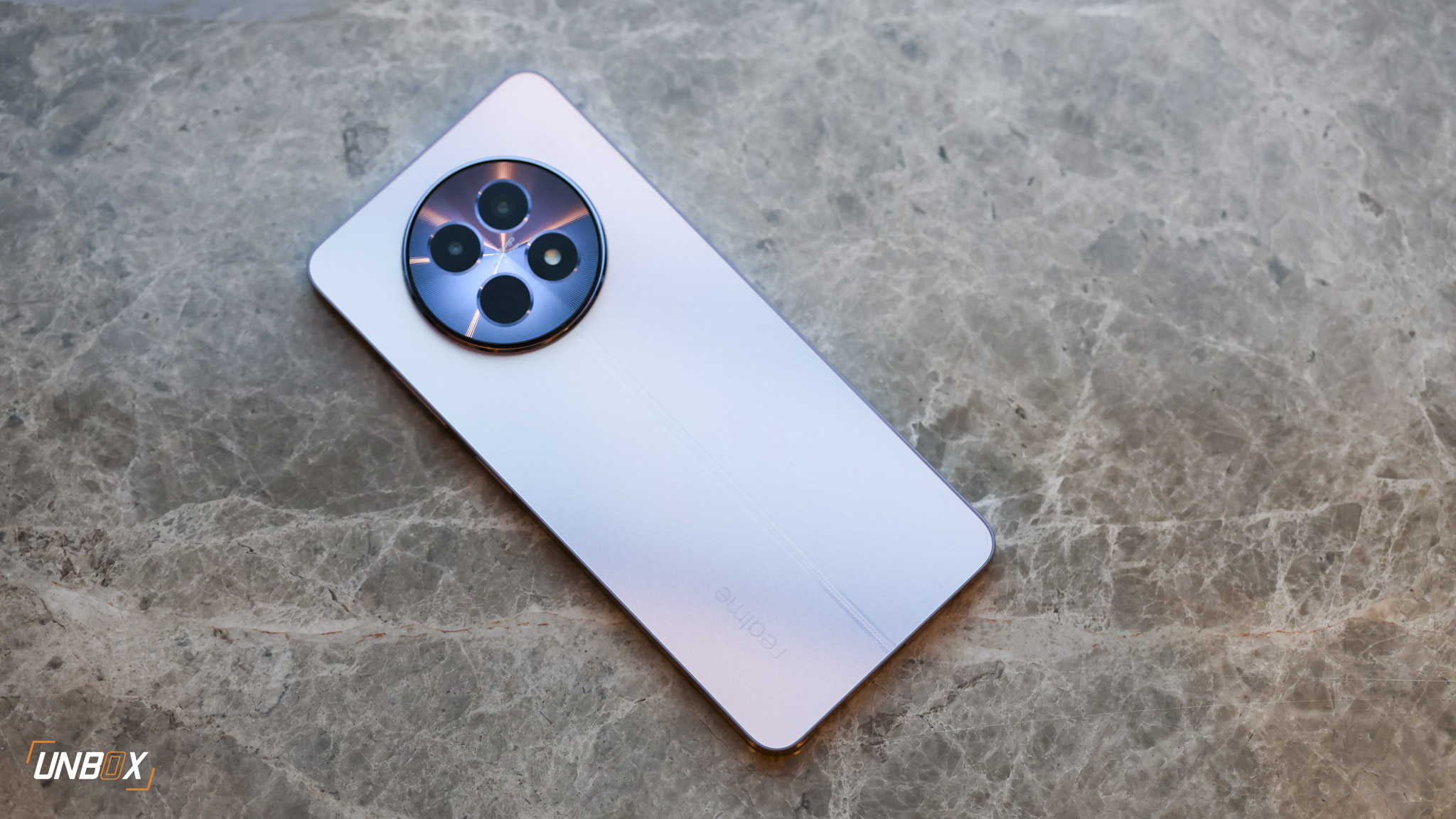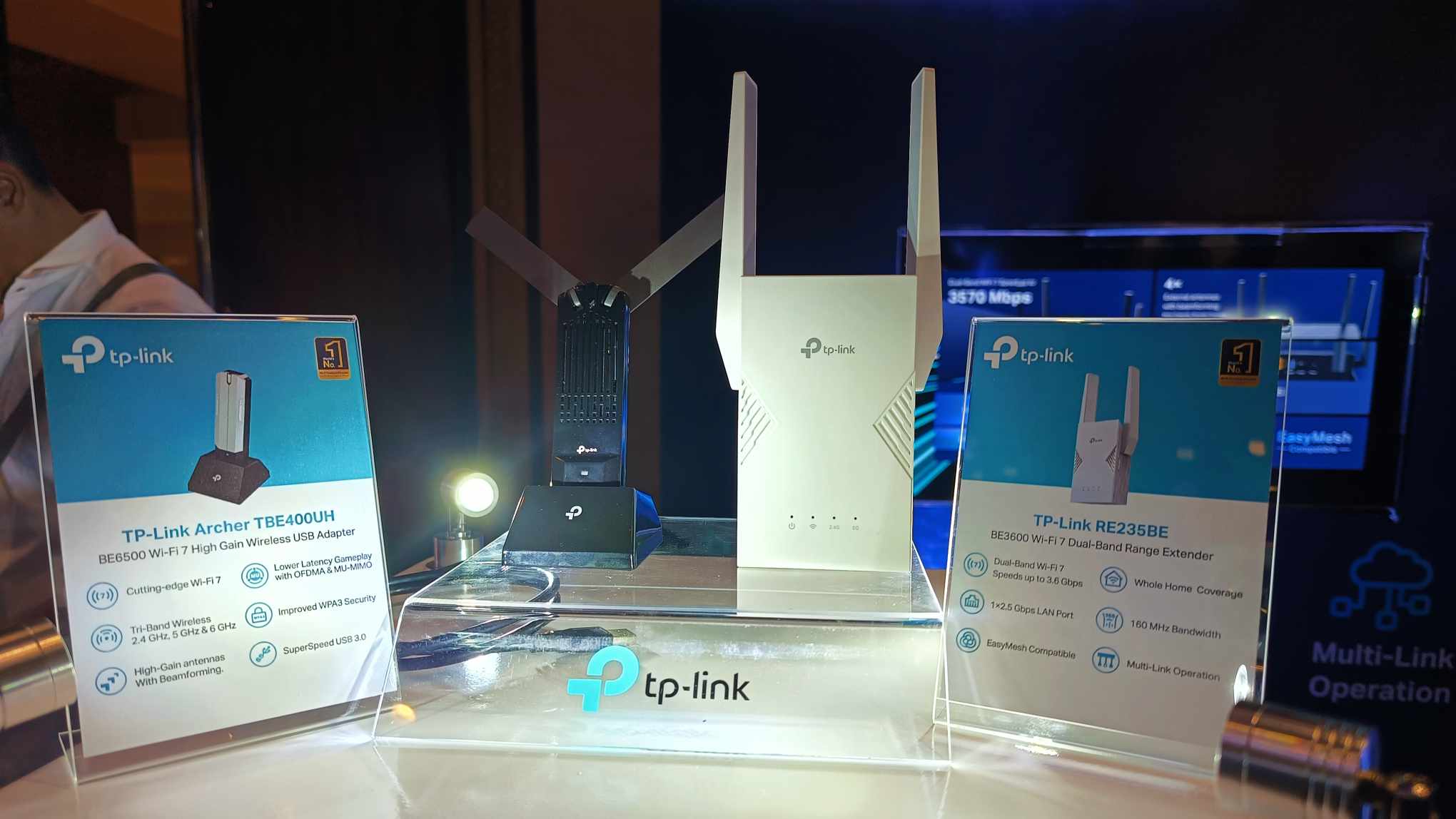Review Verdict: The Phantom X is proof that TECNO has so much potential as a growing brand in the Philippines. Standout features like a curved OLED display and the main camera with a 1/1.3-inch sensor give the Phantom X flagship qualities–but the device falls short because of the brand’s processor choice.
Pros
- The most premium build that we’ve ever seen from TECNO
- Large sensor for the main camera
- Curved OLED display a refreshing sight for a non-premium flagship
Cons
- The processor of choice does not maximize its features
- The potential price might turn off people
TECNO Phantom X Review Philippines specs
- MediaTek Helio G95 processor
- 8GB RAM
- 256GB internal storage, expandable via microSD
- 6.7-inch Full HD+ Super AMOLED curved display, 90hz refresh rate, 180hz touch response rate, Gorilla Glass 5
- 50-megapixel f/1.8 main camera with Dual Pixel AF, 8-megapixel ultra-wide-angle camera, 13-megapixel telephoto camera with 2x optical zoom, Laser AF LED flash
- 48-megapixel main camera, 8-megapixel ultra-wide-angle camera
- LTE
- WiFi, Bluetooth, in-display fingerprint scanner
- 33W fast charging
- 4700mAh battery
- Android 11, HiOS
Since its founding in 2006, TECNO has catered to the budget market by offering affordable and value-packed devices to the masses. Recently the brand diversified its portfolio by offering mid-range phones like the Camon series, and with the release of the Phantom X, it looks like they’re now targeting more premium customers. The TECNO Phantom X looks to be a competitive device for the higher-end market, though we would have liked to see a more powerful processor go into its gorgeous chassis.
Design
As we emphasized in our quick review, the Phantom X has a design that definitely stands out from all of the TECNO phones we have seen and reviewed on the site so far. It is one of the very rare instances that TECNO opted for a glass back–specifically one that is smudge resistant–to stay consistent with the Phantom X’s premium looks.
The centrally-placed camera module has three cameras, an LED flash, and a laser autofocus module. The main camera module is dominated by the 50-megapixel snapper that uses a large 1/1.3-inch ISOCELL GN1 sensor–the same sensor you’d find on more expensive phones like the vivo X50 Pro+ and X60 Pro+ (both phones sadly did not make it to our shores).
Unlike most flagships nowadays, the Phantom X still has a headphone jack in its chassis, which is great news for audio snobs that still like using wired cans. The frame of the Phantom X is slim enough to accommodate the power and volume control buttons, and still feels nice to hold and use despite having a curved display.
Display
Speaking of the display, the one on the Phantom X looks really good. That curved AMOLED panel with a pill-shaped punch-hole is reminiscent of the one on the P40 Pro+. The top and bottom bezels may be a little too thick for our taste, but seeing a curved display on a non-premium flagship phone is what makes the Phantom X truly stand out.
With a large 6.7-inch size, Full HD+ resolution, and a 90hz refresh rate, the Phantom X has one of the best displays on a mid-range phone. The AMOLED panel used makes it great for watching videos and playing games, and the 180hz touch response rate should make playing games better with snappier button feedback during crucial match moments.
Like any phone with such a display panel, the Phantom X comes with an in-display fingerprint scanner that unlocks the phone easily with our registered fingerprints.
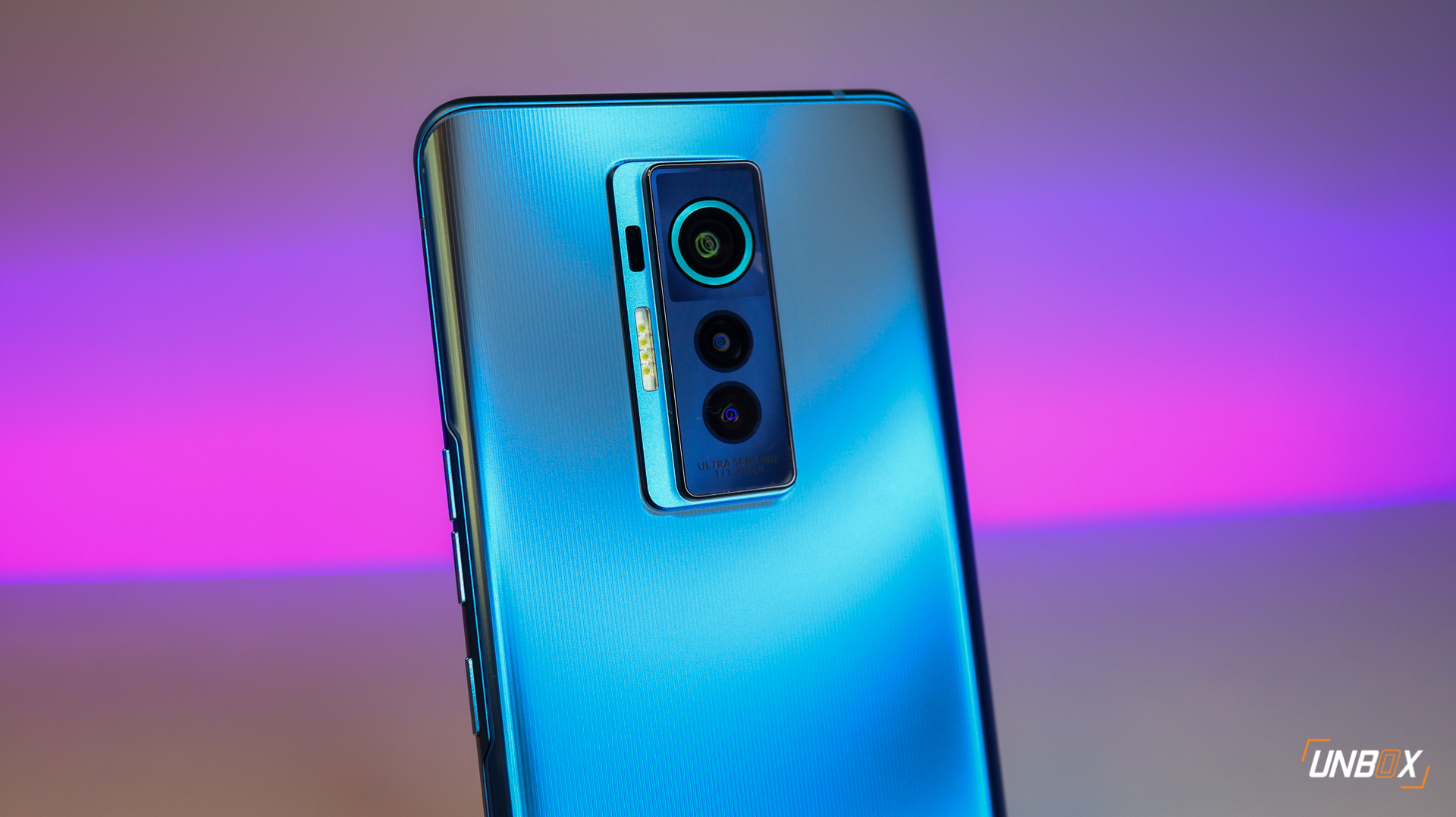 Cameras
Cameras
Compared to any of TECNO’s current offerings, the Phantom X has a versatile rear camera setup that’s made up of an 8-megapixel ultra-wide-angle camera, 13-megapixel telephoto camera with 2x optical zoom, and a 50-megapixel main camera that uses a 1/1.3-inch ISOCELL GN1 sensor.
For its expected price range, the Phantom X’s main camera does a decent job, with a good amount of dynamic range and brightness in outdoor conditions. We did notice that some photos were overexposed and that the color rendition is inconsistent. We think this is due to the limitations of the Helio G95 processor in terms of post-processing.
What is interesting, however, is that the main camera performs much better in low-light scenarios. Compared to daylight shooting conditions, photos shot in low light are clearer and have more detail without introducing too much noise–which is a common case with Night Mode on most phones. It is possible that TECNO tweaked the Phantom X’s camera software to be more optimized for low-light shooting, though we wish they roll out an update to refine its performance in daylight shooting conditions.
It is a different case with the telephoto camera: while it has a lower resolution, the color rendition and overall detail are more consistent compared to the main camera. As for the ultra-wide camera, it is basically the same module used on the majority of TECNO phones. That being said, the image quality is not as great as those shot using the main and telephoto cameras.
The pill-shaped cutout has two cameras: a 48-megapixel selfie snapper (that is the same one found on the Camon 17 Pro) and an 8-megapixel ultra-wide-angle snapper for socially-distanced selfies. With a high megapixel count on the main camera, the Phantom X snapped selfies with excellent sharpness and detail, with the exposure being well-balanced.
The 8-megapixel ultra-wide-angle snapper, on the other hand, feels like those you’d find on entry-level phones. Unless you need the wider FOV, selfies shot using the ultra-wide-angle snapper appear to be softer than those shot using the 48-megapixel main camera.
Performance, software and battery life
As much as the Phantom X stands out in the display and camera department, it falls short when it comes to its internals as it comes with a Helio G95 processor that is paired with 8GB RAM and 256GB internal storage. The processor, RAM, and storage configuration is practically the same as the one on the Camon 17 Pro.
While the Helio G95 is quite dated–the Helio G96 is already official, and that it still uses an old 12nm process–it is still a capable processor in 2021. Synthetic benchmarks show that the Helio G95 is roughly at par with the Snapdragon 720G–an 8nm-based processor that is commonly used on a number of 4G mid-range phones like the Galaxy A72.
That being said, the Phantom X is capable of gaming, even with demanding titles like Genshin Impact. With the hit open-world RPG, the Phantom X can handle it at up to medium graphics at 30FPS and low graphics at up to 60FPS.
The Phantom X’s 4700mAh battery lasted us around 18.5 hours with our video loop test, which is a very good figure for a 12nm processor like the Helio G95. This shows that TECNO’s Android 11-based HiOS overlay is optimized enough to make the most out of the 90hz AMOLED panel. With the included 33w charger, it takes around 1.5 hours to fully top up the Phantom X’s battery.
Wrap up and conclusions
Our review of the TECNO Phantom X shows that the brand does have the potential to go against higher-priced offerings from more established brands in the Philippines. The Phantom X is a standout in the mid-range segment for its curved AMOLED display, premium overall build, and a main camera that sports a huge sensor. The only thing that’s holding it back is its processor.
While the Helio G95 is still capable despite its age, TECNO could have opted for a processor different from what it used on the Camon series. This also plays a big factor when it comes to price: with an SRP that translates to around Php 23.4k when converted, the Phantom X is pricey for a phone that only has a 4G-capable processor.


